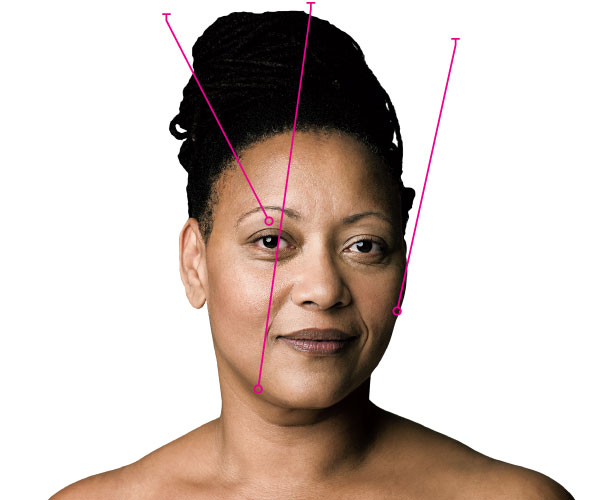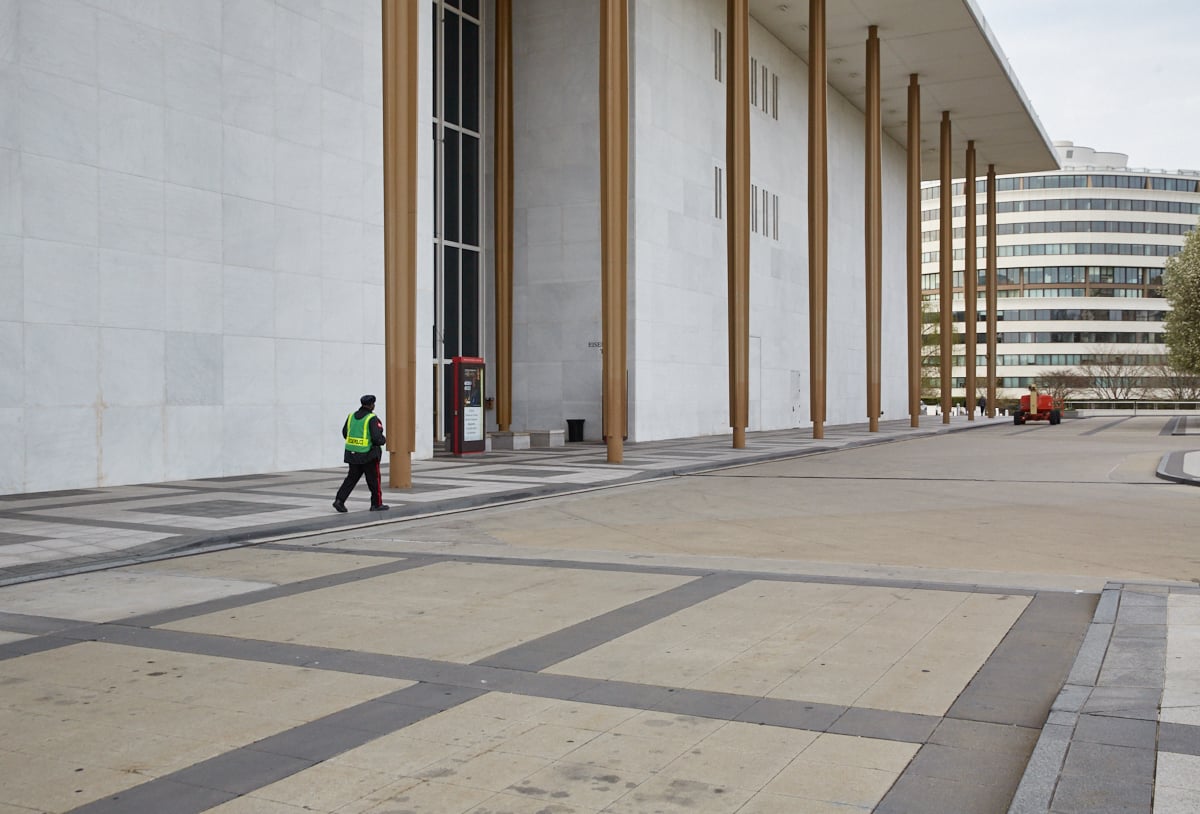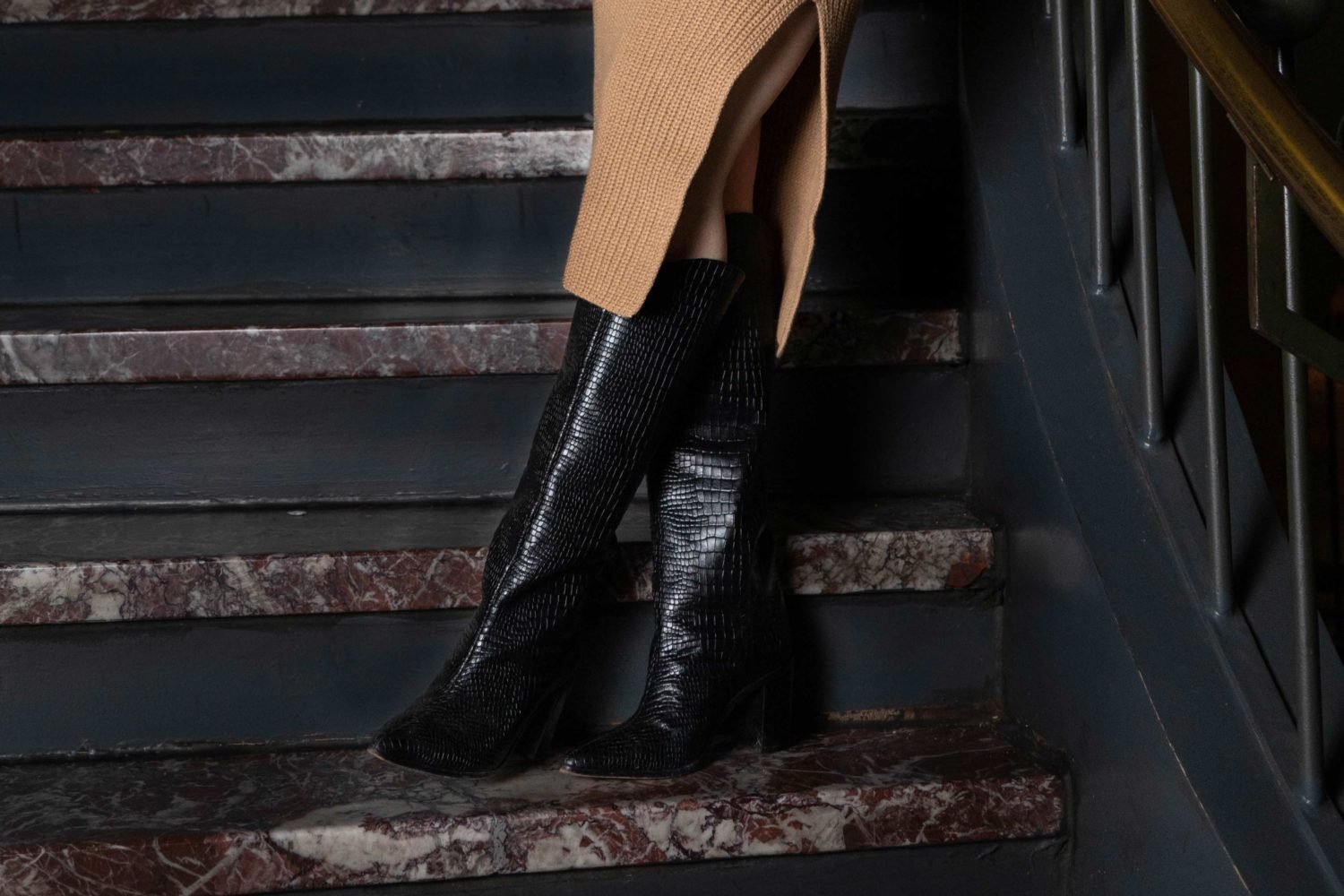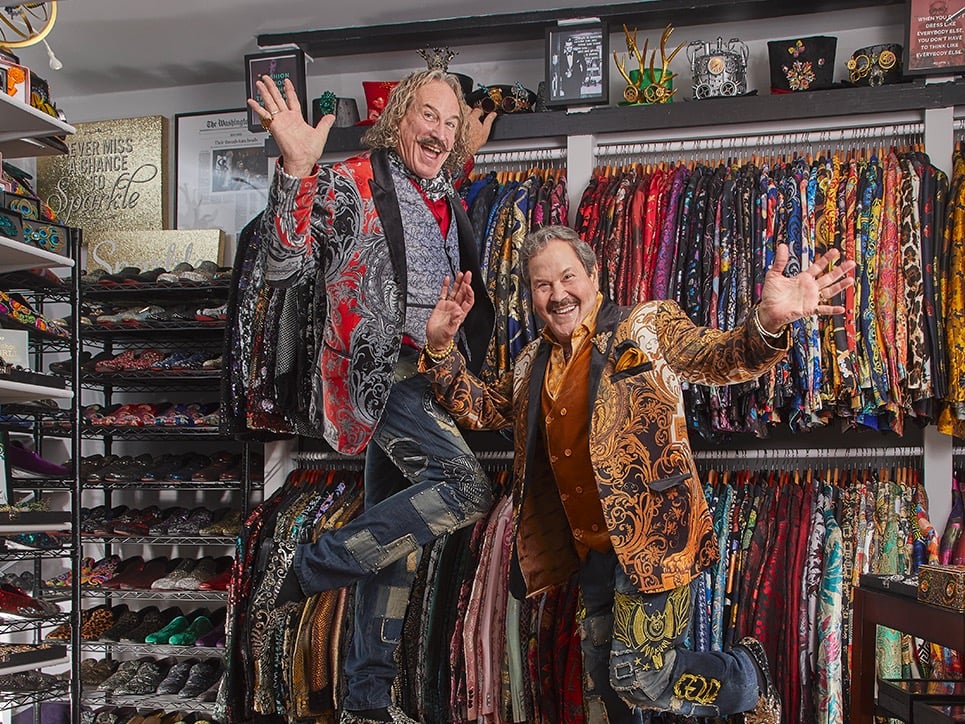Talk about a conundrum: Why must that which keeps our feet solidly planted on the ground also drag our face—among other things—down with it? Gravity isn’t the sole culprit in making everything head south; add in sun damage and the natural deterioration of muscles and fat as we age, and you’re left battling a slacking jaw line, deflated cheeks, and exhausted eyes.
|
Droopy eyelids Mild sagging Moderate sagging Severe sagging |
Jowls and neck Mild sagging Moderate sagging Severe sagging |
Hollow cheeks Mild sagging Moderate sagging Severe sagging |

Treatments for Sagging Skin
Collagen-Stimulating Fillers
Examples: Radiesse (composed of calcium hydroxylapatite crystals, a compound found in bones), Sculptra Aesthetic (poly-L-lactic-acid-based microparticles, a substance used in implants).
What they are: Injectable volumizers that signal the skin to produce more of its own collagen—meaning that while some results are instant, others show up over time. Used to restructure and add volume to hollow, fat-deficient areas of the face, these injectables are long-lasting and irreversible but fade after a year or two.
Best for: Creating a fuller look in areas that tend to deflate as we age, such as cheeks and temples. Also used to sculpt the chin. Not recommended for filling wrinkles or for use around the eyes or lips.
What to expect: Topical anesthetic is used to numb the area. Swelling and mild redness should subside within a day, though bruising at injection sites may last up to a week. Radiesse and Sculptra may require two treatments over the course of six months, depending on the degree of volume loss.
When results kick in: Improvement is immediate, but both continue to improve for six months as new collagen grows.
Results last: One to two years.
Cost: $500 to $1,500.
Blepharoplasty
What it is: A surgical eye lift that removes the skin of the upper lid and sometimes the fat that causes puffiness below the eyes.
Best for: Lifting and firming droopy, heavy eyelids; depuffing and smoothing the under-eye area; and repositioning the fat pad to fill in hollowness under the eyes.
What to expect: Anesthetic is injected into the eyelids, and IV medication may be used to help you relax. An incision is made along the natural fold of the upper eyelid, and excess skin, muscle, and fat are removed. The incision is closed with tiny stitches and/or surgical tape. You may experience redness and swelling around the incision areas plus excessive tearing, blurry vision, and a temporary sensitivity to light that subsides within a couple of weeks.
When results kick in: Four to six weeks.
Results last: Fat-pad removal is permanent, but loose skin may return in 10 to 15 years.
Cost: $3,000 to $10,000, depending on whether both upper and lower lids are lifted.
Mini-Facelift
What it is: A less invasive surgical lift that tightens the neck and jowls.
Best for: Firming loose skin and removing excess fat on the neck, jowls, and along the jaw line.
What to expect: Small incisions are made behind the ears and under the chin. Neck muscles are tightened, and excess skin is trimmed. Liposuction may be performed to slim the neck and jowls. In some cases, a suture is used to lift muscles and define the jaw line. This procedure is performed under general or local anesthesia with a sedative, depending on the extent of the lift. Swelling and bruising persist for one to two weeks after surgery, and sutures remain for up to two weeks.
When results kick in: You’ll see a difference within a month, but final results can take up to a year.
Results last: 7 to 12 years.
Cost: $7,000 to $10,000.
Mid-face Lift
What it is: A surgical lift that targets the triangle between the outer corners of the eyes and the corners of the mouth—cheeks and nasolabial folds show the greatest improvement.
Best for: Tightening sagging cheeks, minimizing under-eye bags, and smoothing the folds that run from the nose to the outer corners of the mouth.
What to expect: Tiny, often endoscopic incisions are made in the temples, hidden behind the hairline. The cheek-fat pad and tissue are lifted and sutures placed in the fat pad to keep it in its higher position. Performed under general anesthesia. Expect two to four weeks of bruising and swelling.
When results kick in: You’ll see a difference in a month, but final results can take up to a year.
Results last: 7 to 12 years.
Cost: $6,000 to $10,000.
Hyaluronic-Acid fillers, ultrasound, and radio frequency
These treatments also are used on sagging skin. See write-ups in “Options for Erasing Wrinkles.”
















